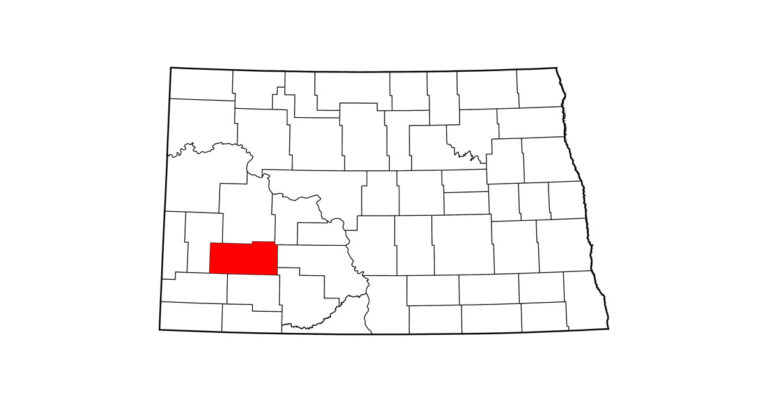Over the last five decades, veterinary care and best practices for horse health and management have undergone extraordinary advancements, driven by improvements in technology and research methods. Since the first issue in January 1973, Practical Horseman has informed readers of the latest findings and developments so they can provide the best possible care for their horses. Nutrition guidelines, fly protection, corrective shoeing—you name it, PH has covered it.

Below are some of our favorite stable management best practices from the last 50 years. These tips are excerpted from 50 Health and Management Tips, which was written in celebration of Practical Horseman’s 50th Anniversary.
- “Most [fly spray] concentrates are cheaper than pre-mixed products. Be sure to dilute any concentrate according to the label directions, though. Too weak, the product may not work; too strong, it may irritate your horse’s skin.”—Elaine Pascoe, Armed for Battle, June 1997
- “For your horse’s sake and yours, protect your hands with one-time-use disposable latex or other rubber gloves when treating skin conditions. Not only do you want to make sure that the fingers touching the sores are clean, but some skin ailments can be spread by physical contact—including to you in the case of ringworm and rain rot—and some of the chemicals used in treatment are abrasive to hands.”—Jill Beech, VDM, Dipl. ACVIM, with Sue M. Copeland, The Skin Game, November 2002
- “Toxic plants vary from one region to the next, so it’s essential to be familiar with the ones that grow where you live. Your county cooperative extension service and state land-grant university are good sources for this information and can help you identify plants you’re not sure about.”—Elaine Pascoe, Growing Danger: Poisonous Plants to Avoid, July 2014
- “Fans that direct a downward and outward airflow will help to keep flies from entering barns.”—Practical Horseman Editors with Lee Townsend, Boost Fly-Control Strategies, June 2015
- “Although some people blanket according to exact temperatures, it’s best to let your horse tell you his needs: Feel his ears to determine if he’s cold (they’ll be noticeably colder if his temperature drops); slide a hand under the front of his blanket to check that he’s not hot and sweating. Do this frequently, especially when you first start blanketing him, and familiarize yourself with his internal thermostat. In cold weather, a sweaty horse can catch a chill easily, so it’s safer to underblanket than overblanket.”—Max Corcoran, Tips for a Trace-Clipped Horse, October 2015
- “Because a horse’s lifestyle plays such a big role in triggering ulcers, management is vital in dealing with the problem. Simple changes in your horse’s diet and routine can improve healing.”—Elaine Pascoe with Frank Andrews, DVM, MS, DAVIM, LVMA, Understanding Ulcers, November 2016
- “Biosecurity is extremely important. If you have a horse who has a fever and respiratory signs, he needs to be isolated from other horses so there is no nose-to-nose contact or cross-contamination of things like water troughs and buckets or where he can sneeze or cough on another horse. Once the horse is isolated, the next biggest component is that the people working with the horses are appropriately using biosecurity techniques.”—Erin S. Groover, DVM, DACVIM-LA, with Leslie Threlkeld, Deep Breath: Equine Respiratory Disease, August 2017
- “Make a game plan for a referral to a hospital. Know where you’ll go and how you’ll ship your horse there. Time counts—if it takes four hours to arrange transportation to a clinic, your horse could arrive sicker and stand less chance of recovery.”—Margaret Mudge, VMD, with Elaine Pascoe, 911 Action Plan, November 2017
- [On parasite prevention programs]: “It is a good idea to monitor how well your chosen treatment is working by regularly performing a fecal egg count reduction test: Test a manure sample before administering the dewormer, then test again two weeks later to see if the egg count was significantly reduced. Keep in mind that excessive deworming will contribute to the drug-resistance problem, so treat your horse with no more than the number of doses prescribed for his egg-count status.”—Martin Nielsen, DVM, PhD, Diplomate ACVM & EVPC, Here’s How, March 2018
- “Even uninjured horses can benefit from cold therapy. After heavy exercise sessions, such as gallops or strenuous jump schools, ice treatments reduce low-grade inflammation, alleviate discomfort and prevent limb edema.”—Andy Kaneps, DVM, DACVS, ACVSMR, Here’s How, June 2018
- “An equine first-aid kit must be portable, well organized and ideally divided into various compartments to store and separate all the medical supplies and equipment needed for quick retrieval in an emergency. A compact toolbox, large fishing-tackle box or a tight-sealing plastic container is a good option. Whatever you choose, make sure it’s clean, airtight and waterproof to ensure the contents stay sterile and ready to use.”—Leslie Threlkeld, with Samantha Burton Henley and Sarah Feathers, DVM, Equine First-Aid Essentials, August 2018
- “Heat water in a (supervised) Crock-Pot® or instant hot kettle to create hot towels for stain removal and warm up your horse’s bit during cooler weather. Always check the bit against your skin to be sure it’s not too hot before bridling him.”—Liv Gude, 10 Barn Hacks, Winter 2020
- “Even with your horse fully vaccinated, consult your veterinarian and check the Equine Disease Communication Center website (equinediseasecc.org) frequently for news of disease outbreaks in your area or the area you’ll be traveling for competitions.”—Sandra Oliynyk, Biosecurity Strategies to Keep Your Horse Healthy, Spring 2023
This article originally appeared in the Winter 2023 issue of Practical Horseman.
This article is sponsored by WeatherBeeta.










